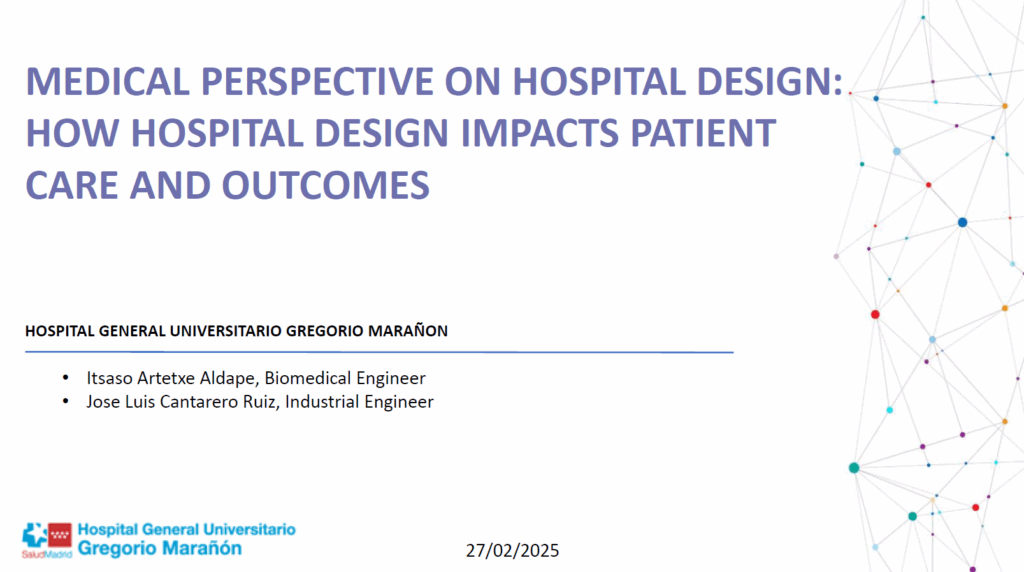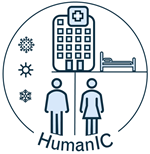This presentation highlights the critical role of hospital engineering and design in supporting safe, efficient, and high-quality healthcare. It explores the intersection of architecture, technology, and operational processes from a clinical and engineering point of view.
Key Themes:
- Hospital Engineering vs. Architecture: Engineering ensures functionality and long-term operation (systems, maintenance, technology). Architecture focuses on spatial layout, aesthetics, and compliance with accessibility and safety standards. Both disciplines must collaborate to ensure efficient and sustainable hospital design.
- Design Priorities: Patient and staff safety. Infection control. Energy efficiency and sustainability. Workflow optimization. Comfort and accessibility
Design Elements and Their Medical Impact:
- Critical Infrastructure Systems: Electricity: Reliable power supply, backup systems, and uninterruptible power for life-support equipment. Medical gases: Oxygen, vacuum, and other gases delivered safely via pressurized networks. Water: Safe distribution for hygiene, disinfection, and clinical use; risk management for Legionella and biofilms. HVAC (climate systems): Temperature, humidity, and air quality control to reduce infection risk.
- Infection Control Through Design: Unidirectional flow of people and materials. Pressure differentials (positive in ORs, negative in isolation rooms). Zoning of clean vs. contaminated areas. Use of antimicrobial materials in floors, walls, and furnishings
- Operational Efficiency: Spatial layout that reduces bottlenecks and optimizes logistics. Automated systems for lighting, climate, patient monitoring. Improved communication between departments through smart design
- Humanization of Healthcare Environments: Natural light, calming colors, and acoustic control to reduce stress. Family spaces, green areas, and patient-centered room design. Privacy and dignity through thoughtful spatial planning


